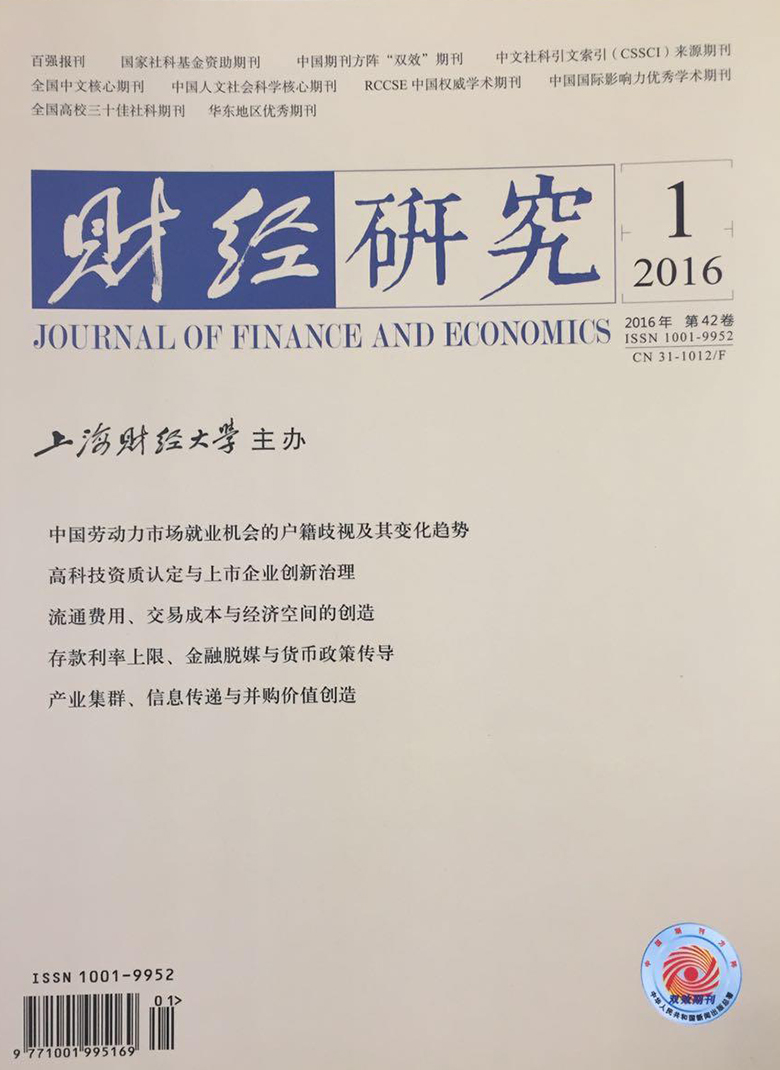It is of great importance to a correct understanding of the population growth in Chinese history for understanding the long-term economic and social changes in China.This paper studies the population and long-term effects of tax changes in Chinese history in a modern economic model.It suggests that changes not only in tax rates but also in tax structure have important effects on population growth.Firstly,when a tax rate is given,the proportion of Ding tax is correlated negatively with long-term population size but positively with steady-state per capita output and household income.Secondly,when tax structure is given,the tax rate is negatively related to long-term population size and positively to steady-state per capita output,but its effect on long-term household income depends on the proportion of Ding tax and the elasticity of labor to output.Combining with specific situation of tax changes in the history,the model predicts that the tax changes since the semiannual tax system tend to release more population and cause a long-term decline in labor productivity.However,the rise in the steady-state level of population provides economic base for the longevity of dynasties after the Song Dynasty.It gives some implications to analyze the long-term economic effect of contemporary tax revenues and to study tax revenues adjustment and the reform of tax system.
 / Journals / Journal of Finance and Economics
/ Journals / Journal of Finance and EconomicsJournal of Finance and Economics
LiuYuanchun, Editor-in-Chief
ZhengChunrong, Vice Executive Editor-in-Chief
YaoLan BaoXiaohua HuangJun, Vice Editor-in-Chief
Tax Change, Population Growth and Its Long-term Impact on Historical Evolution Based on Semiannual Tax System
Journal of Finance and Economics Vol. 42, Issue 01, pp. 61 - 71 (2016) DOI:10.16538/j.cnki.jfe.2016.01.006
Abstract
References
Abstract
Cite this article
Dou Jianchun, Feng Tao. Tax Change, Population Growth and Its Long-term Impact on Historical Evolution Based on Semiannual Tax System[J]. Journal of Finance and Economics, 2016, 42(1): 61–71.
Export Citations as:
For




 7590
7590  7630
7630

